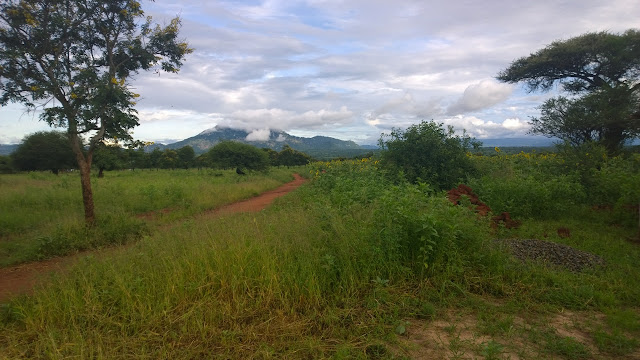Fragments from Angkor
Life in the Shadow of Angkor Wat - Mar 2010
Everyone who found themselves there before me had a variation of the following to say when they heard I'd be traveling to Siem Reap in the Kingdom of Cambodia to see Angkor Wat, "It is the one place I have ever been that cannot be overrated."
Having been. Having seen. Having climbed and explored. I couldn't agree more.
Be it the architecture, the immensity of it all, the exotic ruins, the complexity of ancient Khmer culture, the remote location, the spiritual 'thinness' of the place itself. . . Whatever it may be, there is something about Angkor that is both captivating and that defies description.
Needless to say, spending four days in and around Siem Reap and Angkor was a moving experience. Touring the ancient temples, the modern day town, and the civil war scarred countryside with my cousin has left me with a string of images and encounters - some in sync, others in seeming opposition. While I hope to tease some of it into a more cohesive reflection, mostly I'm left with a scattered series of thought fragments and scenes. . .
+ At 9 square kilometers, the walled city of Angkor Thom is but a small part of the Angkor region that covers a wider area than the city of London.
+ Of course my guide for two days went by the nickname 'Monkey.' Of course. Thank you universe.
+ The Khmer Empire that built Angkor was flourishing six-hundred years before Columbus was out there sailing the oceans blue and a full one-thousand years before my homeland, Wisconsin, was even a state.
+ TukTuk drivers are like the Ikran in Avatar. The bond between driver and passenger is for life . . . or at least the duration of your stay.
+ The countryside is still littered with more than six-million land mines, indiscriminate and deadly reminders of the conflicts this land and its people have seen in the not so distant past. What legacy have we, Americans in part, left here?
+ Wondering if feeling "like a chicken on a wooden cart" really is a common Cambodian phrase, or a 'Monkey' original.
+ It is the dry season now. Rice paddies are drying up and water buffalo are lacking in their namesake water. 'Monkey' says that in his home village a 35-meter deep well has run dry. People trek several kilometers to fetch water in plastic buckets and bags. Images from Iringa flash across my mind.
+ Korean tour groups are regularly mocked by the professional guides. Loud talking, roaming the ruins in large packs, 'Monkey' pointed out their curious tendency to stack small rocks of all shapes and sizes into precarious cairns.
+ Not more than 20 km away from the international cuisine and neon lights of Pub Street in Siem Reap, many villages still lack even basic electricity. Houses raised on stilts line the roadsides. Cambodian hammocks. Petrol in glass jars. Dogs. Children. Soccer Balls. Coca-Cola too.
+ Why would a chicken be on a wooden cart?
+ During 'that bloody Civil War,' as he regularly called it, Monkey described what it was like to lose his father, grandfather, and elder brothers during the Khmer Rouge's reign of terror. There wasn't a tone of anger or depression in his voice as he relayed their stories. It was all very matter of fact, quiet but honest. Was this resignation or resiliency?
+ Frog certainly does taste like chicken. Even better with the right sauce.
+ If a picture is worth a thousand words, how much is a picture with captions worth? Check out the 'Cambodia' photo album to the right or click here and decide for yourself.



Comments